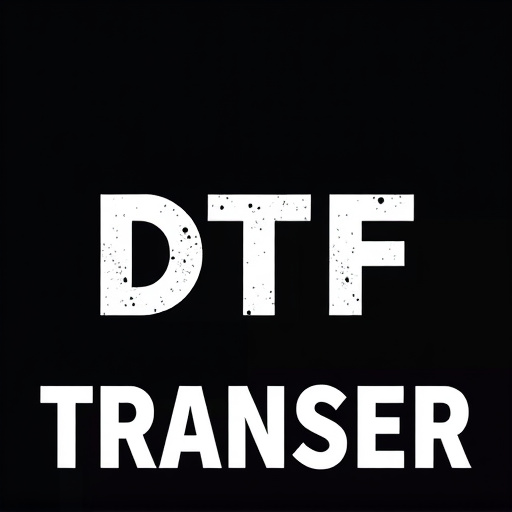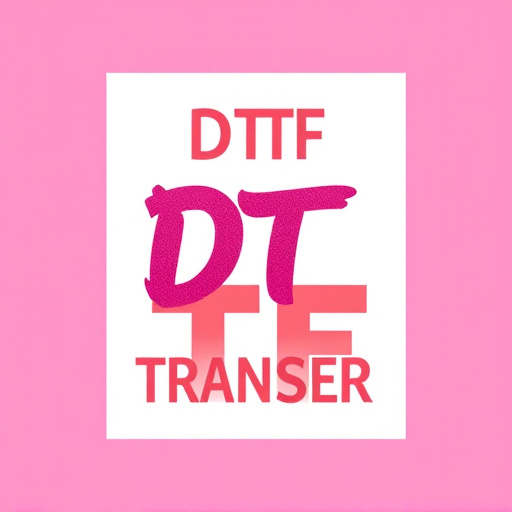To establish a Direct-to-Film (DTF) transfer business, conduct thorough market research to understand demand and identify target audiences—small businesses, graphic designers, or enthusiasts. Use SEO keywords like "DTF Transfer" and "DTF Printing" for trend analysis and competition study. Study existing companies' pricing and film offerings to carve out a unique niche. Combine research with audience understanding for successful specialization in DTF printing services. Develop a solid business model with advanced technology, competitive pricing, efficient order fulfillment, and fast turnaround times. Implement strategic financial planning with clear goals, market research, KPI tracking, and regular adjustments for long-term profitability.
Establishing a direct-to-film (DTF) transfer company offers a unique opportunity in the film restoration and printing industry. This comprehensive guide navigates the process from market research to legal considerations, equipping entrepreneurs with the tools to succeed. Learn how to identify your niche within the DTF market, create a robust business model, source essential equipment and materials, build strategic partnerships, craft a compelling brand identity, and implement effective marketing strategies. With careful planning and execution, you can revolutionize film transfer services.
- Market Research and Target Audience Identification
- – Understanding the DTF market demand
- – Defining your niche: types of films and prints
- Business Planning and Strategy
- – Creating a business model for DTF transfer
- – Setting up financial projections and goals
Market Research and Target Audience Identification
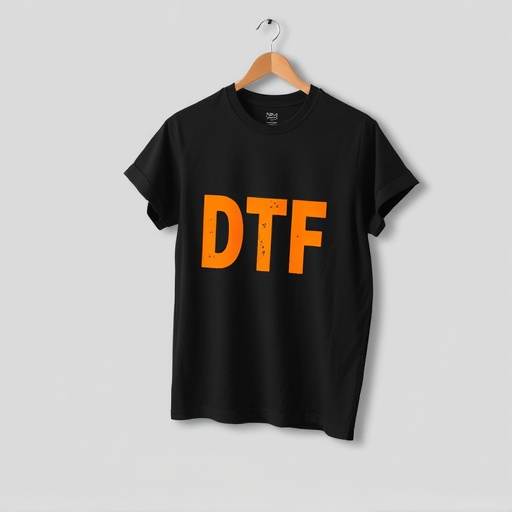
Market research is a crucial step in establishing any business, and a direct-to-film (DTF) transfer company is no exception. Begin by understanding the current market demand for DTF prints and identifying your target audience. Who are you aiming to serve? Are they small businesses, graphic designers, or perhaps individual enthusiasts? This knowledge will shape your marketing strategies and product offerings. For instance, if targeting designers, focus on providing high-quality, specialized services and materials that cater to their needs, such as a wide range of DTF transfer films compatible with various printers.
Using SEO keywords like “DTF Transfer” and “DTF Printing” in your research will help you gauge online trends and competition. Analyze existing companies, their pricing strategies, and the types of films they offer. This competitive analysis will allow you to carve out a unique niche for your business, ensuring you meet specific needs not currently addressed in the market. By combining thorough market research with a clear understanding of your target audience, you can establish a successful DTF transfer company that provides valuable services to its customers.
– Understanding the DTF market demand
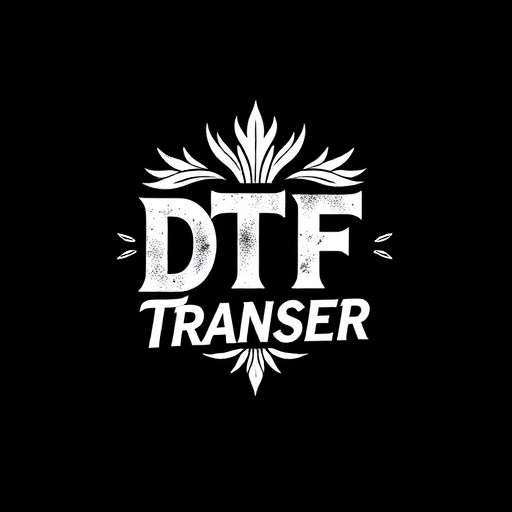
The Direct-to-Film (DTF) transfer market is experiencing a surge in demand due to its unique capabilities and advantages in various industries, particularly in manufacturing, textiles, and signage. As consumer preferences shift towards personalized, on-demand products, DTF prints offer an efficient and cost-effective solution for businesses seeking to cater to these demands. This method eliminates the need for expensive set-up costs associated with traditional printing methods, making it highly appealing for small and medium-sized enterprises.
Understanding this market demand is crucial for establishing a successful DTF transfer company. By recognizing the potential in personalized merchandise, custom apparel, and rapid prototyping, entrepreneurs can position their businesses to capitalize on these trends. With the right equipment, expertise, and marketing strategies focused on highlighting the versatility and speed of DTF Printing, companies can attract clients seeking innovative and efficient printing solutions.
– Defining your niche: types of films and prints

When establishing a direct-to-film (DTF) transfer company, defining your niche is a crucial first step. This involves determining the types of films and prints you’ll specialize in. Will you cater to vintage films, focusing on restoring older titles and formats like 35mm or 16mm? Or perhaps you’ll target modern releases, ensuring high-quality DTF printing for popular blockbusters and indie films. Each niche has its own set of challenges and opportunities.
Understanding the specific needs and preferences of your target audience is essential. For instance, some clients may seek perfect reproductions of rare or classic films, while others might require fast turnaround times for mainstream releases. By specializing in a particular type of film or print, you can become an expert in that domain, offering tailored services and setting your DTF transfer company apart from competitors.
Business Planning and Strategy
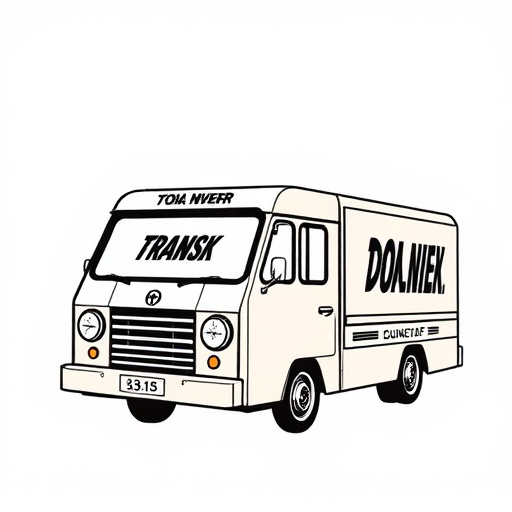
Establishing a direct-to-film (DTF) transfer company requires careful planning and strategic thinking to ensure success in this specialized printing sector. Begin by thoroughly researching the DTF transfer market, identifying your target audience, and understanding their specific needs. Define your unique selling proposition—whether it’s offering high-quality prints on a wide range of materials or specializing in specific types of DTF applications.
A comprehensive business plan should outline your production processes, equipment requirements (including state-of-the-art DTF printers), marketing strategies, and financial projections. Consider factors like sourcing reliable suppliers for raw materials, setting competitive pricing for your DTF prints, and developing an efficient order fulfillment system to meet client expectations. Effective planning will set the foundation for a robust DTF transfer business, enabling you to stand out in a competitive market.
– Creating a business model for DTF transfer

When establishing a direct-to-film (DTF) transfer company, crafting a robust business model is the first step toward success. A DTF Transfer business model should clearly define your target market and unique selling propositions. Identify the specific niches you intend to serve; are you focusing on custom T-shirt printing, promotional products, or even high-end fashion labels? Understanding your market segment allows for tailored marketing strategies and pricing structures.
Consider integrating cutting-edge DTF Printing technologies to ensure superior quality and efficiency. Offer a range of designs and customization options to cater to diverse customer preferences. Build a seamless online platform for ordering, allowing clients to upload their artwork, choose materials, and preview prints before placing orders. Efficient order fulfillment processes, fast turnaround times, and competitive pricing will set your DTF company apart in a crowded market.
– Setting up financial projections and goals
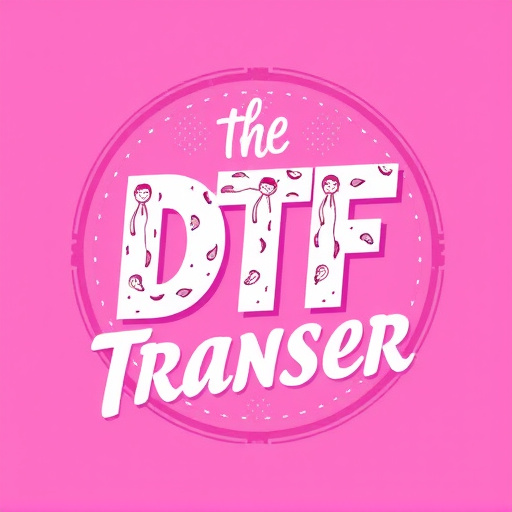
Establishing a direct-to-film (DTF) transfer company requires meticulous financial planning to ensure its success. Before launching, set clear and achievable financial goals. Conduct thorough market research to understand pricing structures for DTF printing services, factoring in production costs, labor, equipment maintenance, and overhead expenses. Create realistic revenue projections based on the demand for your target market and competitive analysis.
Define key performance indicators (KPIs) to track progress towards these goals, such as number of prints sold, average order value, customer acquisition cost, and return on investment. Regularly review and adjust financial plans as needed to adapt to market fluctuations or unforeseen challenges, ensuring your DTF transfer company remains profitable and sustainable in the long term.










